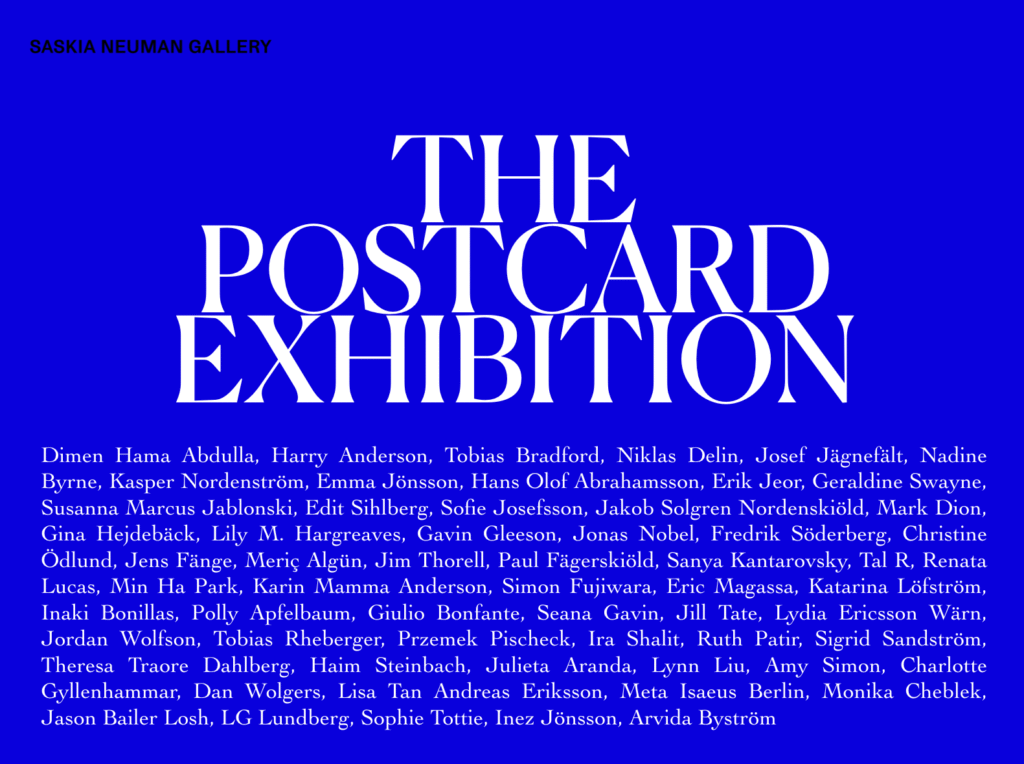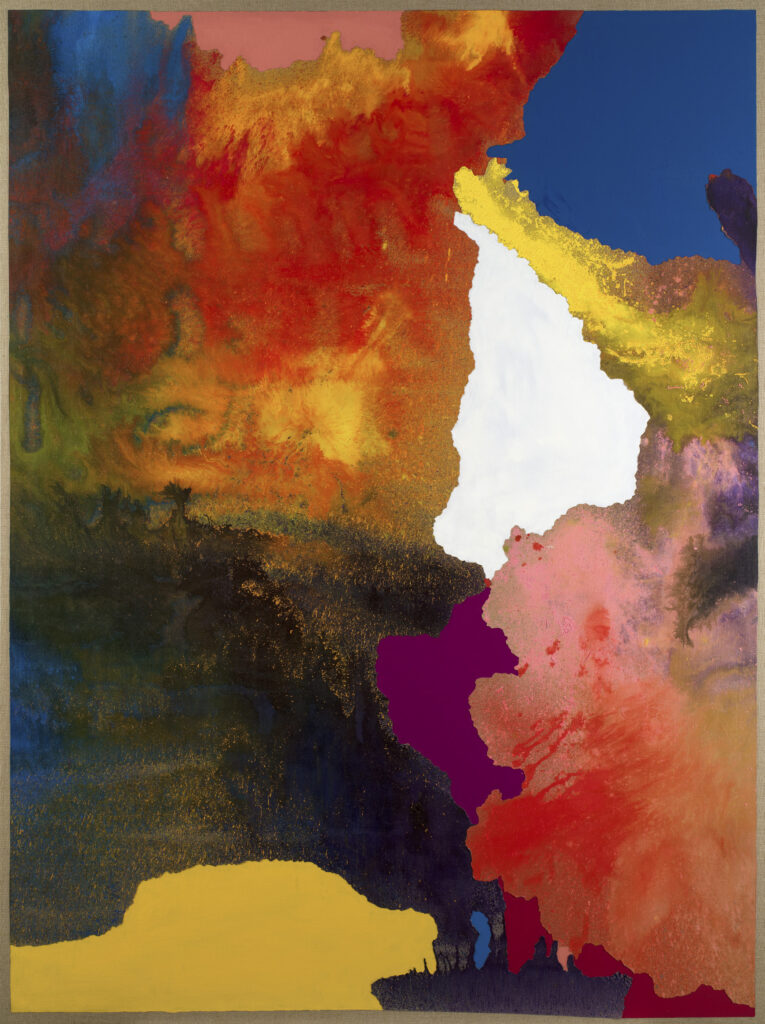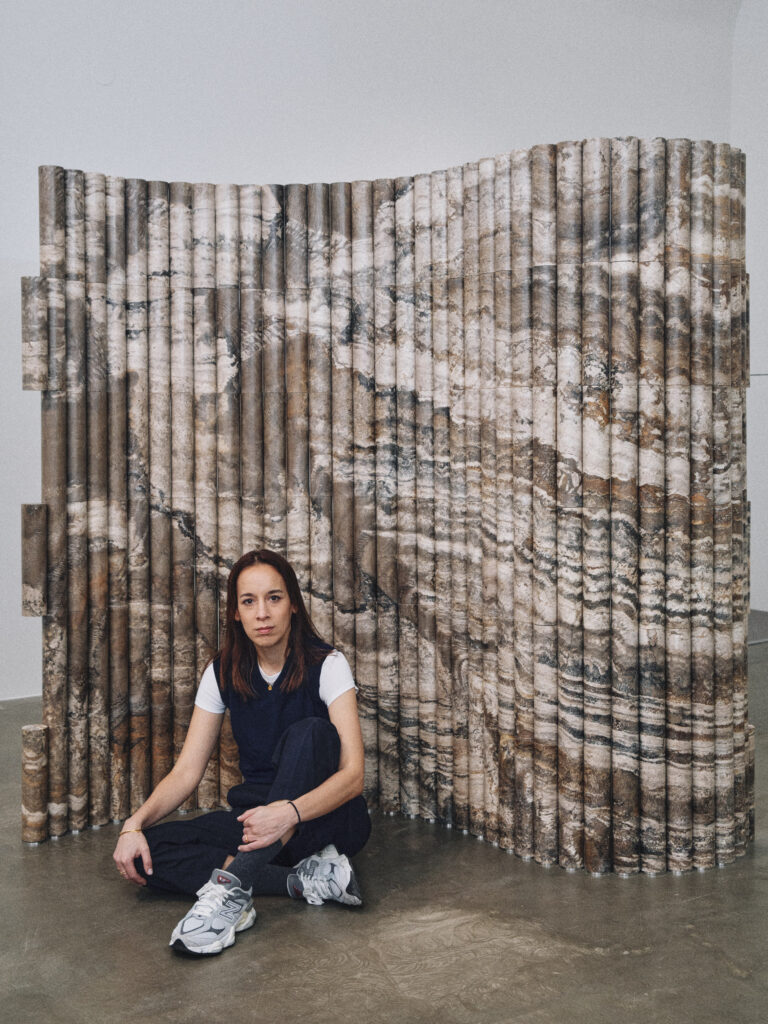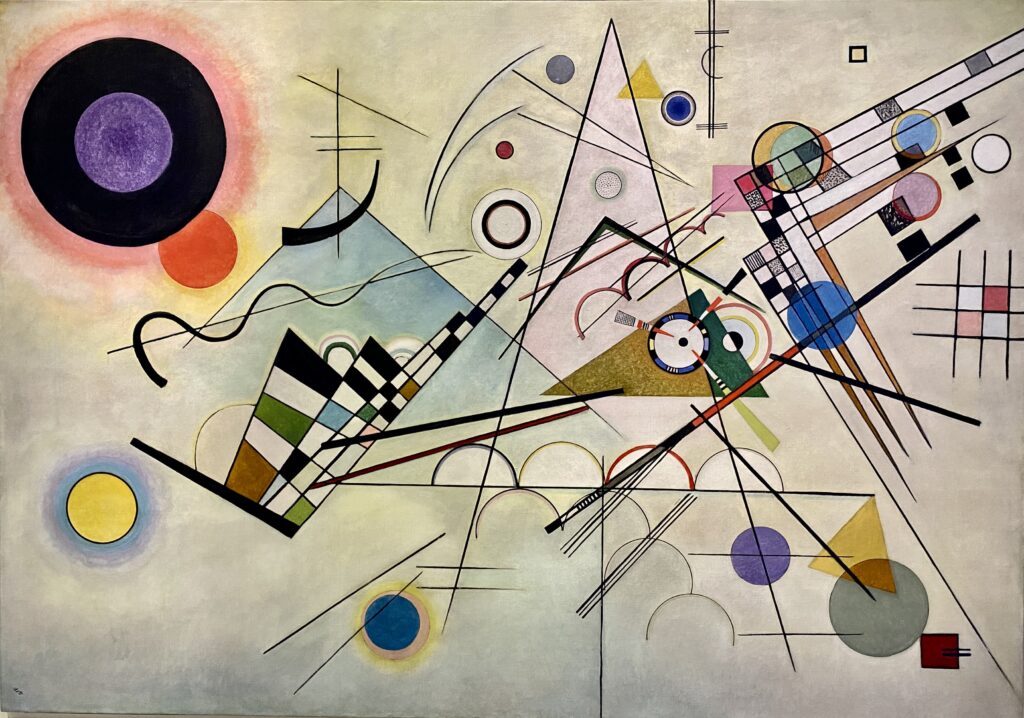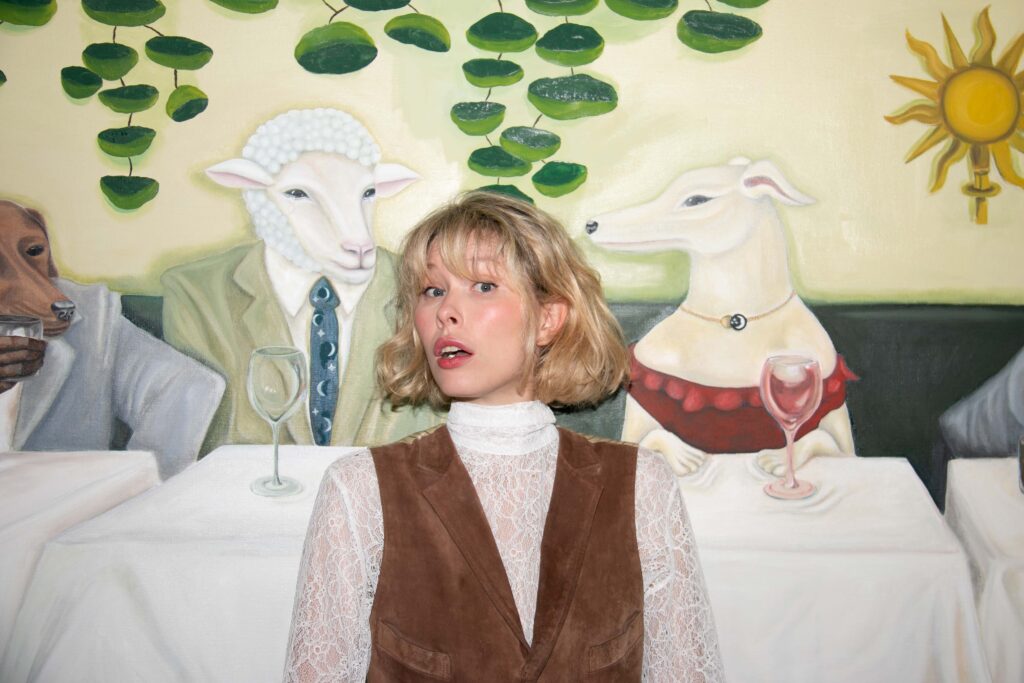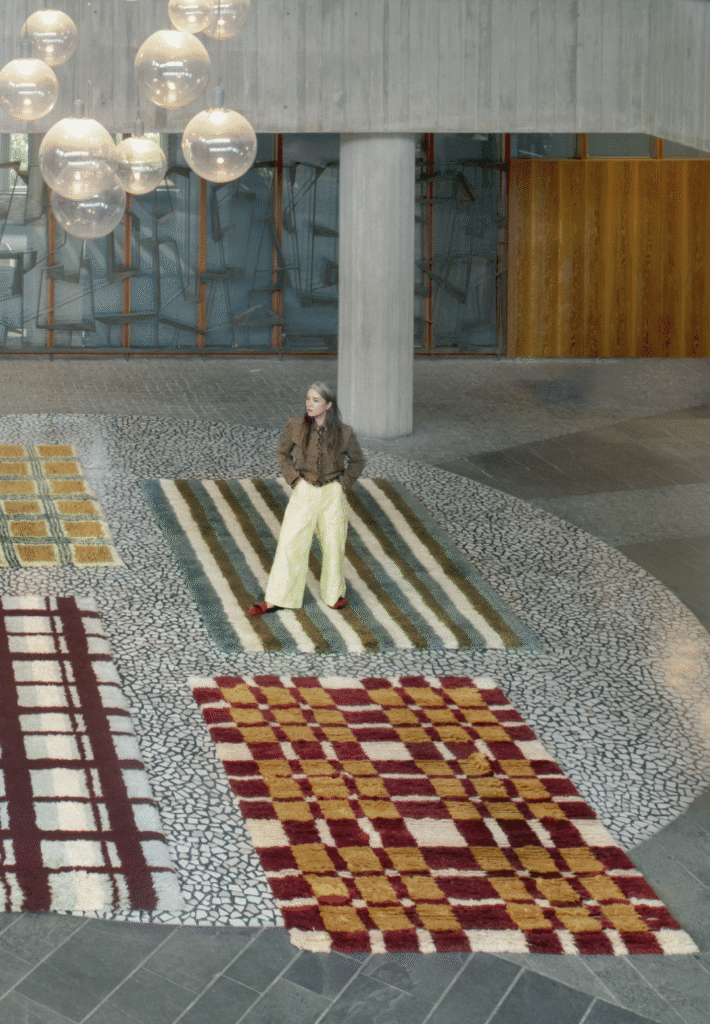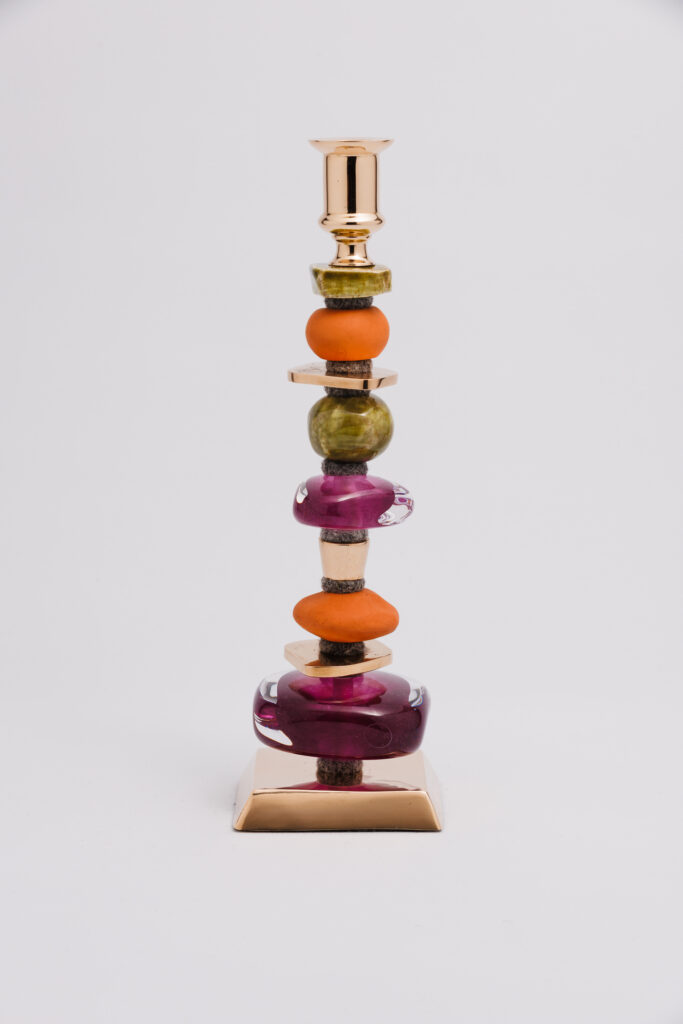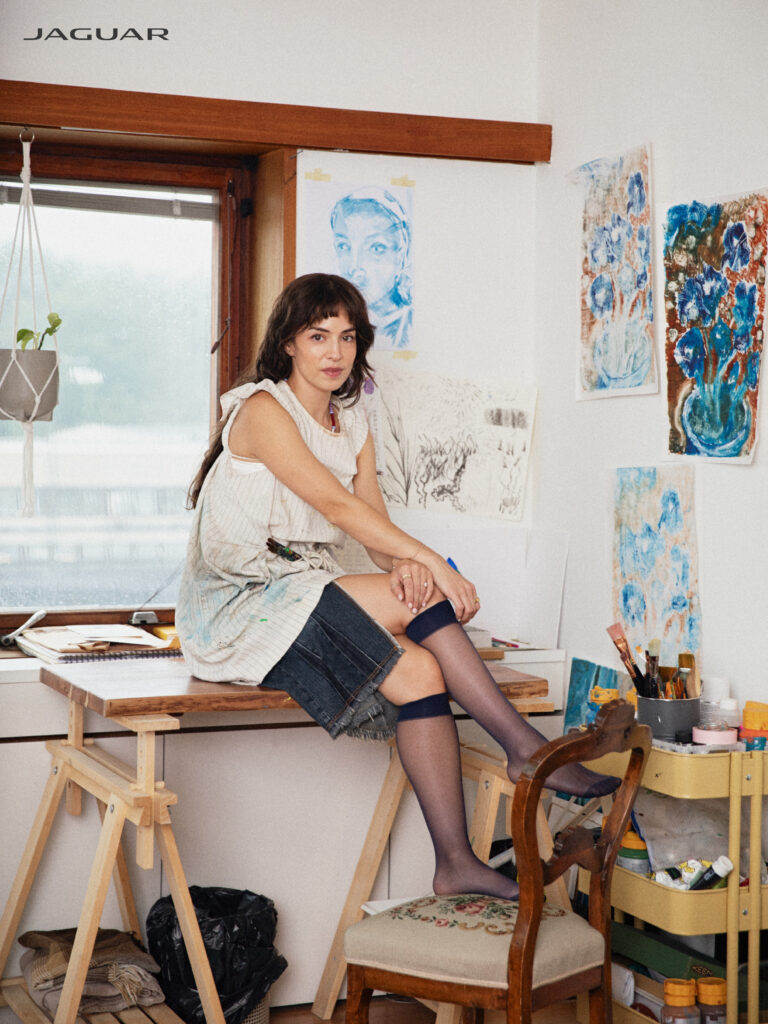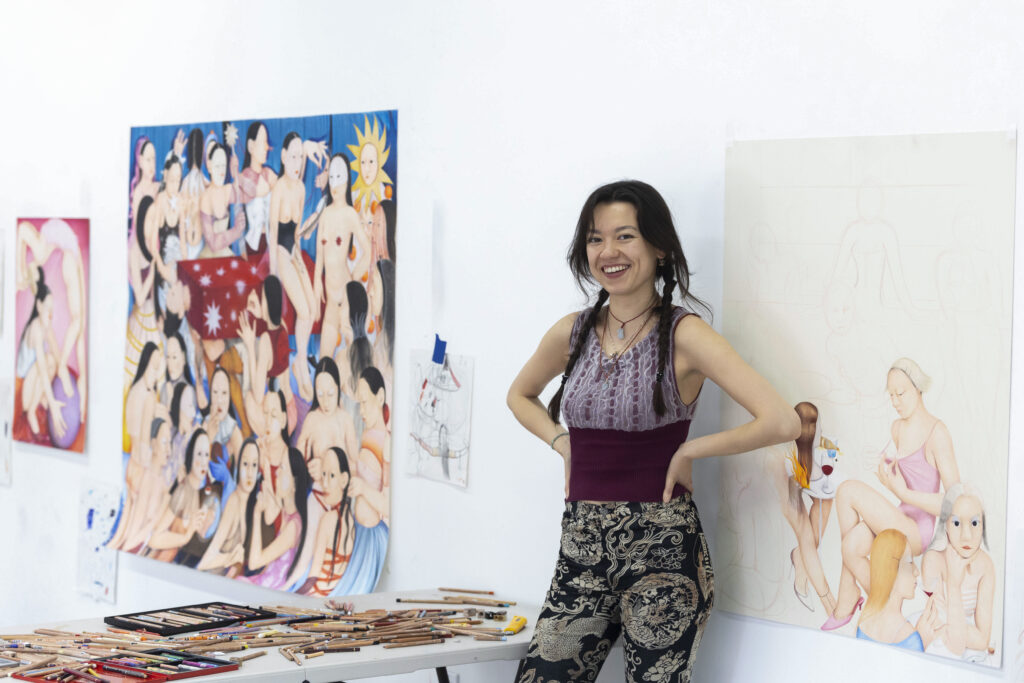The Postcard, Reimagined
The Postcard, Reimagined Written by Natalia Muntean What can a postcard hold? A memory, a gesture, a point of contact, or an entire conversation. At Saskia Neuman Gallery, The Postcard Exhibition brings together 67 artists whose works explore the postcard not just as an object, but as a form of care, critique, intimacy, and distance. In an age dominated by instant digital communication, the postcard becomes almost radical in its slowness: a physical image that demands a hand, an address, and the willingness to wait. Across the gallery, these small works form a network of voices and visual correspondences, each postcard becoming a greeting and an invitation to reflect on how images travel between people. Four artists from the exhibition reflect on how the mass-produced meets the deeply felt in the postcards they’ve created. Niklas Delin Blood moon Postcards can be described as a “gesture in motion.” What was the essential gesture you wanted to capture with your work for this exhibition?Niklas Delin: I view painting as something ongoing, in motion. It is a figuration of time in a way. It is constantly happening while also referring to something that has already happened- the act of painting it, or the moment it depicts. Much like a postcard is an object of the present, when you receive and read it, and at the same time an object of the past, when it was written and sent. You often start your paintings on a black foundation. Did you do the same for your postcard? What “lighter shade” or light did you bring out of the darkness for this small work?ND: The painting Blood (Moon) carries a lot of darkness. I usually cover the first black layer with the darkest shade of colour I can find in my motif. This one depicts a scene seen through a pair of binoculars, where the darkness surrounding what was seen through the lens was truly black, so I kept it. I think what interested me the most about this specific motif was the distortion, the element of unfocus, the lack of a determined border between light and darkness. Your work explores the “interplay between light and darkness.” In your postcard, does the light feel like it’s fighting the darkness, or are they peacefully coexisting?ND: I don’t know, I was going to say peacefully coexisting, at least they need each other. But I think perhaps none of the alternatives is correct. The darkness is always there, beneath the light. And even the darkest parts are just a different level of light. The postcard can be seen as a paradox, both a mass-produced, somewhat clichéd object and a uniquely personal message. How did you engage with this tension in your work?ND: That’s life, I suppose. Everything we see, someone else has already seen, yet to us it can hold personal meaning. This is also a recurring aspect of my work; I paint scenes that aren’t unique to me, on the contrary. But the fact that I choose to paint them, and how, still says something about who I am. If your postcard could be mailed, who would you send it to, and what would that gesture mean?ND: Someone close to me. I think a postcard can and does convey a lot; it can show something you’ve seen, it is a piece of the place you have been, a short message that describes a longer period of time. The gesture itself, sending a postcard to someone, says a lot. It is an act of care. Susanna Marcus Jablonski Postcards can be seen as a “gesture in motion.” What was the essential gesture you wanted to capture with your work for this exhibition?Susanna Marcus Jablonski: I approached the postcard the way I usually approach a material: thinking through its historical, political and material value, and then imagining how I could either deepen or shift some of those pre-established ideas by working with it as a sculptural material. In this case, it led me to work with them in a very concrete way, creating an architectural addition to the gallery. The sculptural ‘gesture’, I suppose, is that transformation: balancing these thousands of objects in one vertical mass. Your work explores “material and conceptual” permanence. What material did you choose for your postcard, and what memory or feeling were you trying to make permanent with it?SMJ: The work is called The 60s and the 70s and the 80s, and it’s an archive of postcards from that era, stacked floor to ceiling, ten thousand images of towns and landscapes from across Sweden. All the layers of time and place that make up the national imagination are in there – lakes, snowy landscapes, buildings, cultural rituals, they’re all pressed together to create a sedimented cross-section of peak Sweden, as well as an architectural pillar. You often play with the size of objects. How did working on the small, intimate scale of a postcard change your usual sculptural process?SMJ: For me, scale is a medium, and my usual approach manifests in this work: compressing these small parts together until they are perceived as a unified large object. The postcard can be seen as a paradox, both a mass-produced, somewhat clichéd object and a uniquely personal message. How did you engage with this tension in your work?SMJ: Postcards speak to the idea of a world in common. It’s the idea of communication as a ritual, a small ceremonial bridge between places and moments in time – these ideas have always drawn me in. The pre-framed image is also interesting: the view of a place that’s chosen to represent a culture and an identity, and the private message on the verso. I engaged with that by treating these small, intimate paper objects as a collective mass. Both the personal message and the standardised image sit directly on top of each other, and the sculpture becomes a new object, with a new set of horizons. The 60s and the 70s and the 80s If your postcard could be mailed, who would you send it to, and what would that gesture mean?SMJ: I’m sending a few thank you cards to Svenska Vykortsföreningen Uppsala, who generously donated this remarkable archive for me to work with, and Viktor Berglind Ekman,

